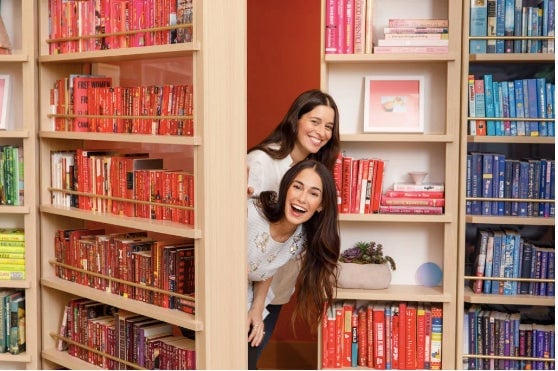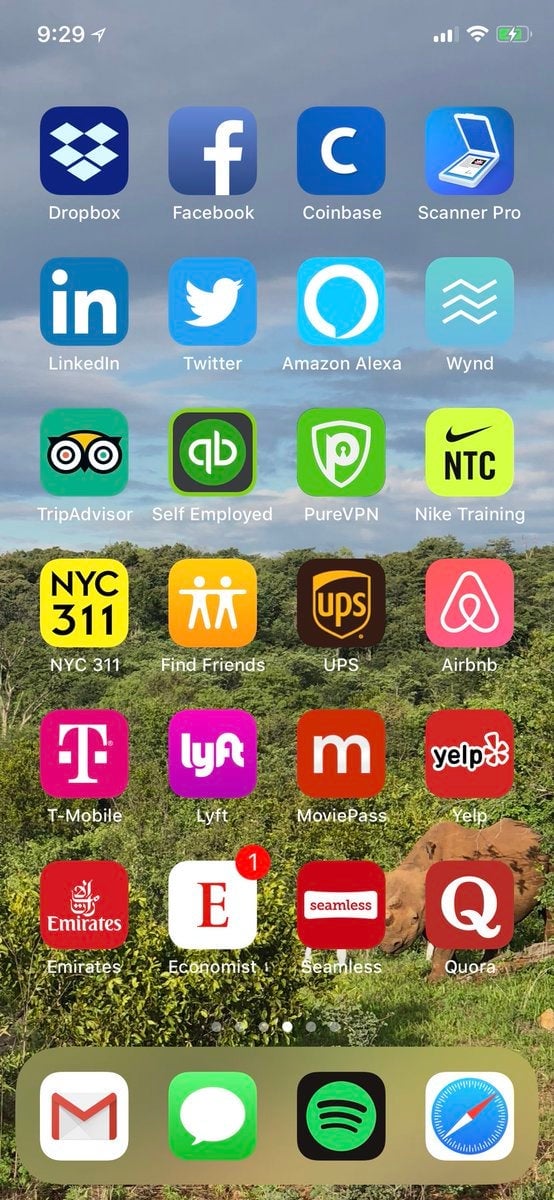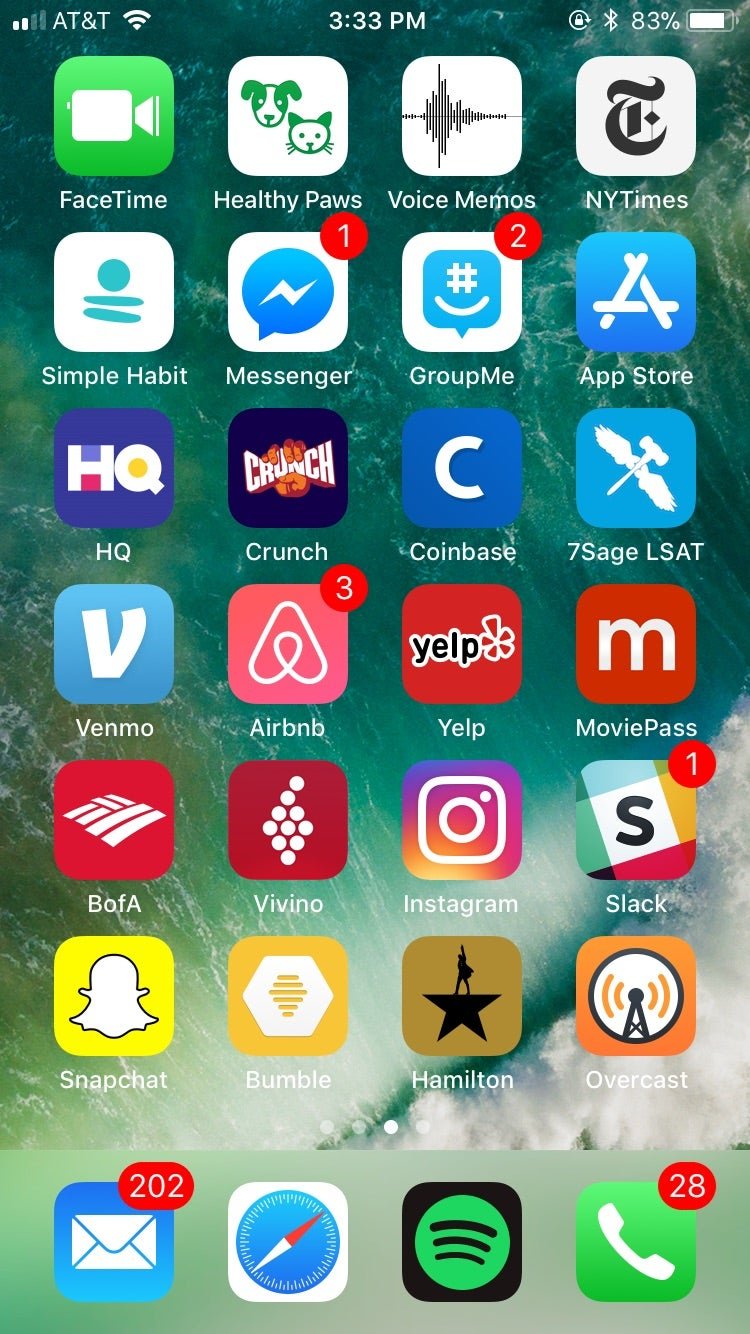This iPhone trick makes you less anxious when you look at your phone
The more we shuffle through life, the more baggage we acquire: figurative, literal, and digital.

The more we shuffle through life, the more baggage we acquire: figurative, literal, and digital.
We might Kon-mari our apartments but our digital selves seem to be ballooning—massive inboxes, over-capacity Dropboxes, and smartphone screens packed with apps we don’t use.
If you’re a true minimalist, you can delete every app besides the absolute necessities. And if you’re productivity-minded or trying to disconnect, you can make like Quartz’s Khe Hy, and turn your whole screen to grayscale. Hy, who was once addicted to his iPhone, writes that “playing with a screen black, white, and gray is not nearly as fun as one with vibrant colors. Trust me, my three-year-old has let this be known loud and clear.”
When I tried to adopt a hyper-minimalist, alphabetically organized iPhone screen, I found myself spending extra time clicking in and out of folders, trying to find apps I’d stored away, but couldn’t locate.
Then I saw a tweet from Tracy Chou, a renowned software engineer, diversity advocate, and Quartz Visionary. I’d interviewed Chou a few weeks earlier at The Wing, a beautifully decorated women’s only working space. Together, we admired The Wing’s impressively color-coded bookshelf walls, which go on for yards and span every hue (including, of course, a healthy dose of millennial pink).

Chou, who was one of the first engineers at Pinterest, tweeted a screenshot of her iPhone screen. Her apps embodied a digital version of the color-coded bookshelves we’d so admired:
Here’s the screenshot she attached:

Bewitched, I reached out to Tracy, asking whether there was any rhyme or reason to her iPhone color coding.
“Hahah no particular reason! I like the aesthetics,” she wrote back. “I also enjoy color-coded bookshelves (like those at The Wing) and the idea of organizing based on something that seems ‘frivolous,’ but who’s to say it’s a worse organizational scheme that something that strives very hard to be functional?”
“Yes, PREACH,” I replied, right before ditching my folders and color-coding my own screen. Here’s my attempt:

“Mine is far less beautiful,” I told Tracy. She clued me in on a secret, writing that she keeps some apps around “purely to help fill my app screens with the right colors.”
In a world so enrapt with organization and self-optimization, the internet’s equally frequent pleas for self-care can seem trite and ultimately futile. But Tracy’s iPhone color-coding is the perfect example of how to incorporate an easy, purely aesthetic, personal indulgence in our digital lives.
As books reporter Thu-Huong Ha writes in Quartz, while “organizing books by color and spine height is often derided because it seems to rate books by their external features, rather than their contents,” it’s still a delight to look at. And sometimes that’s good enough.